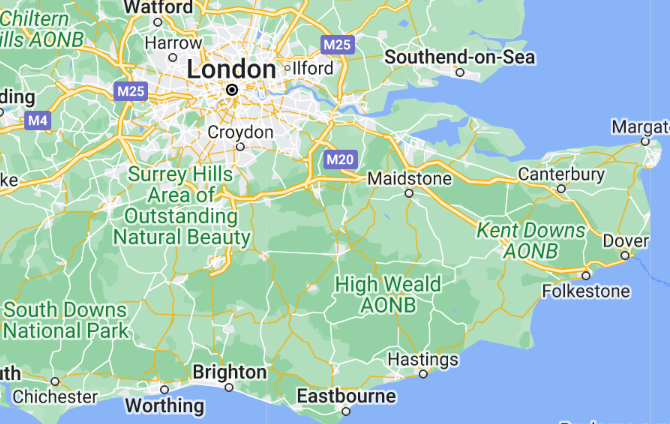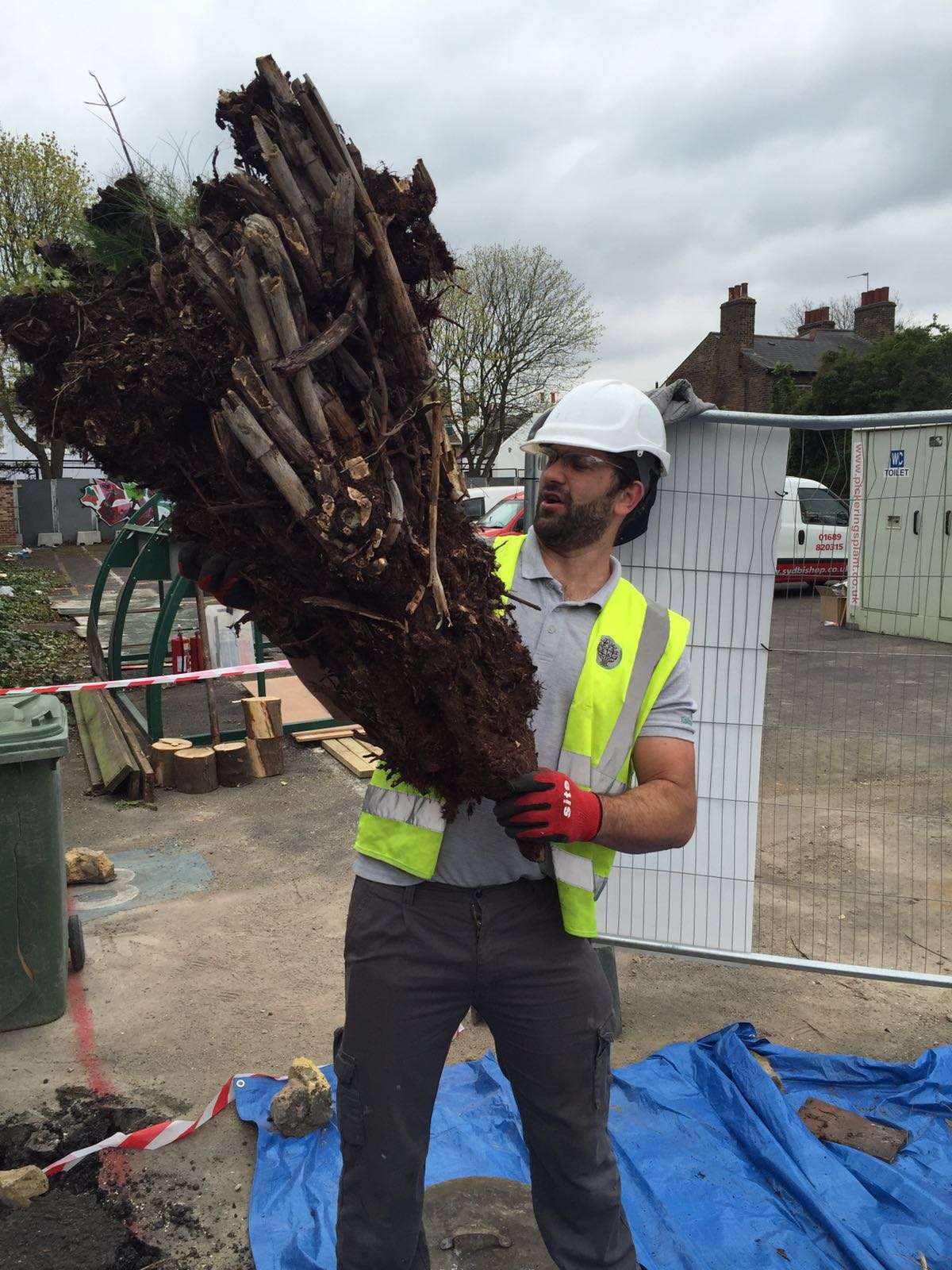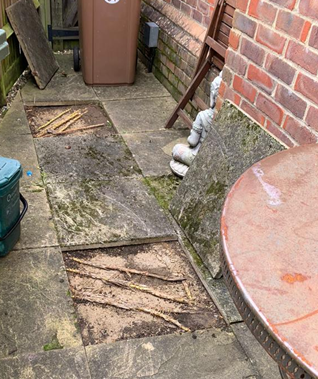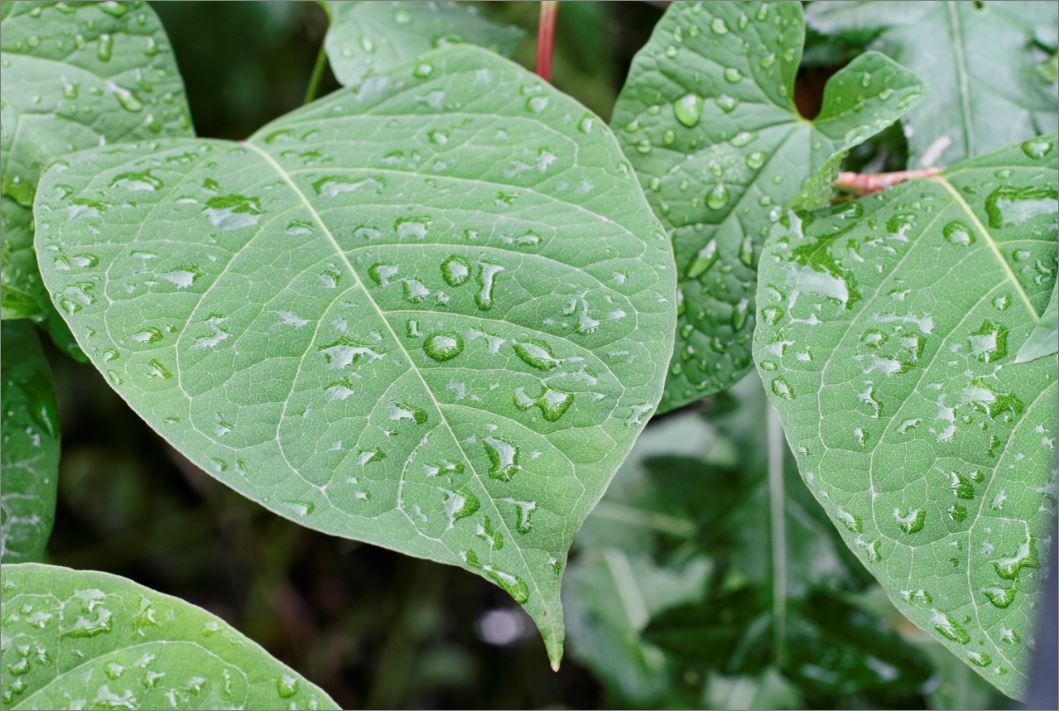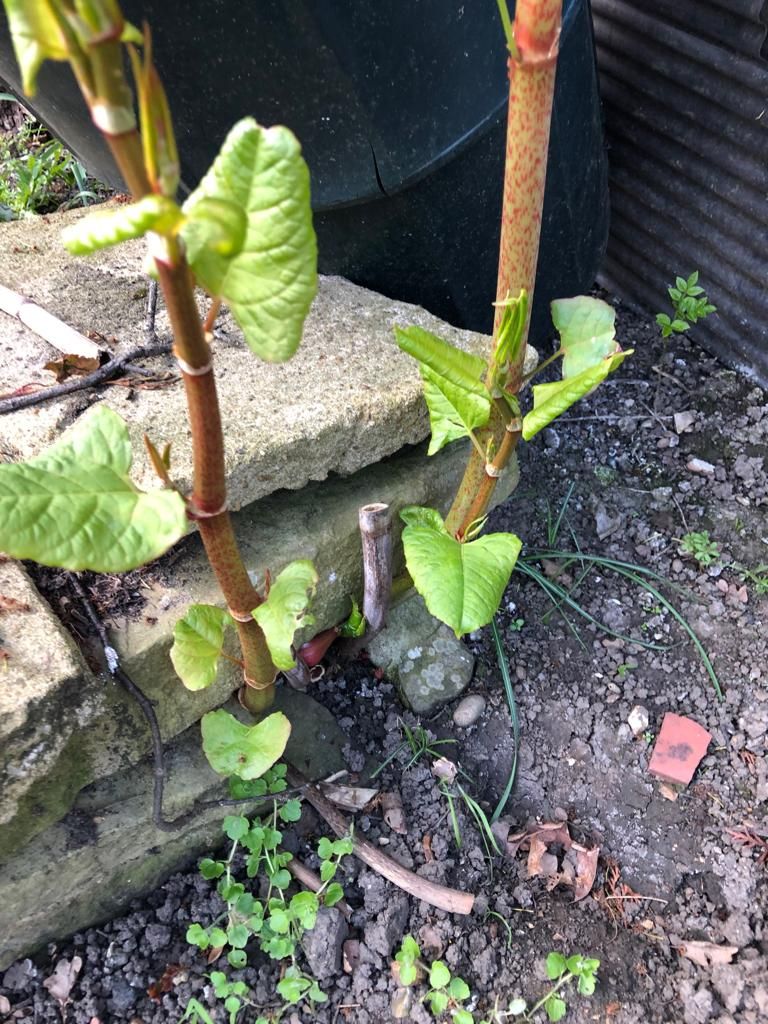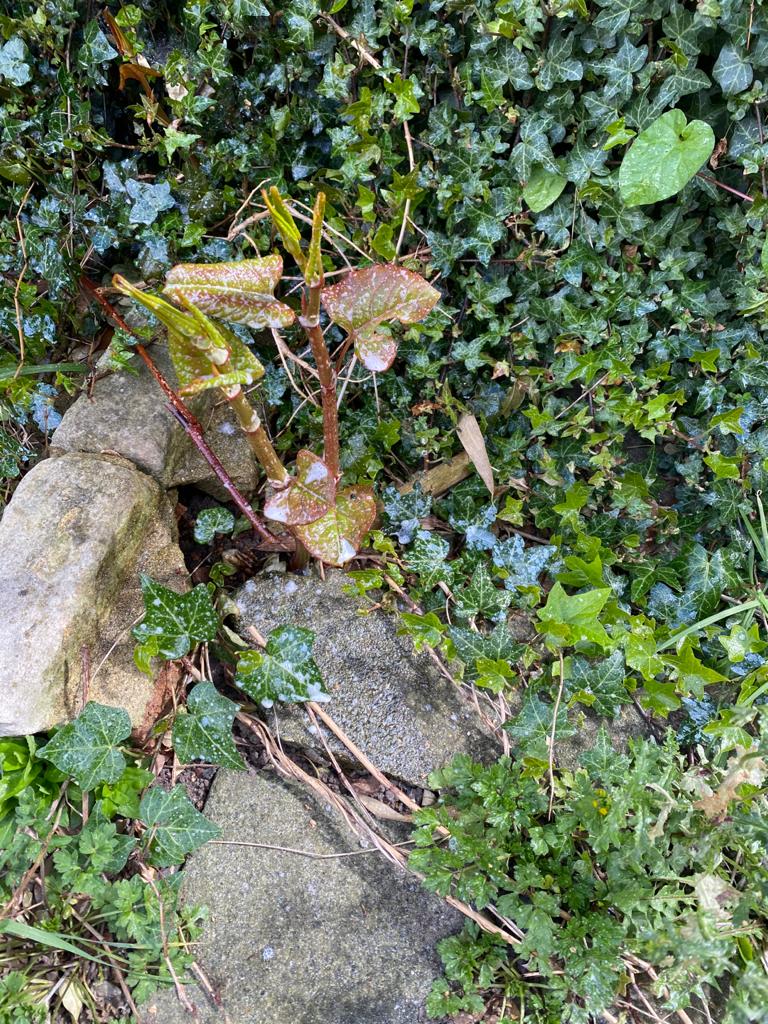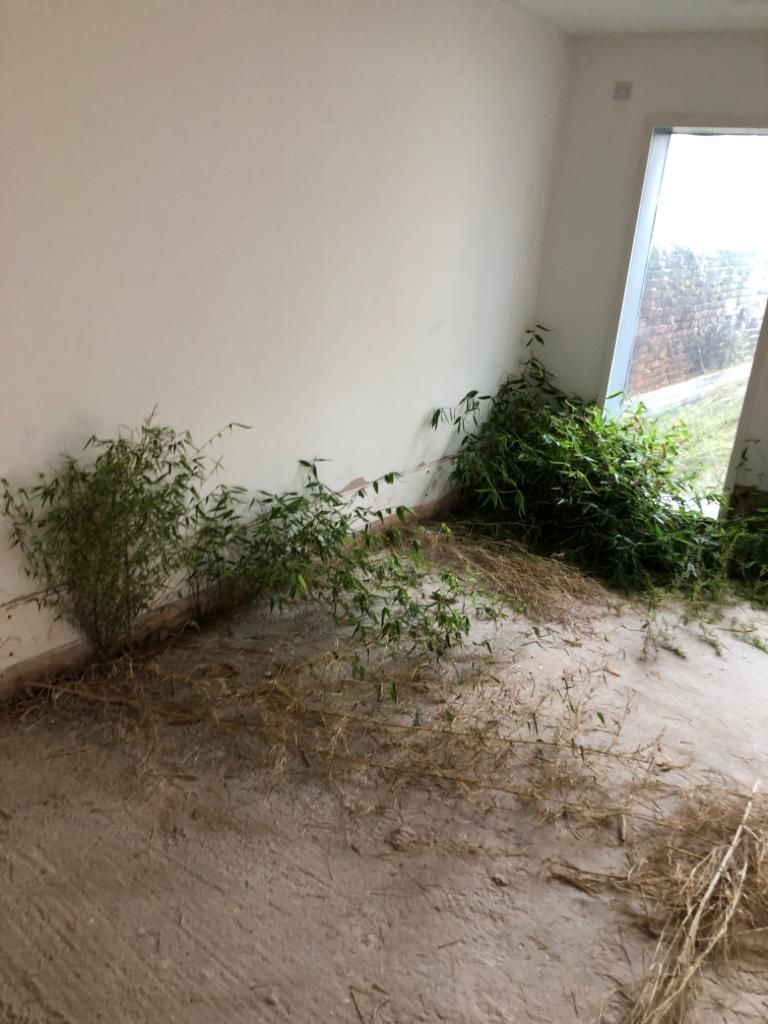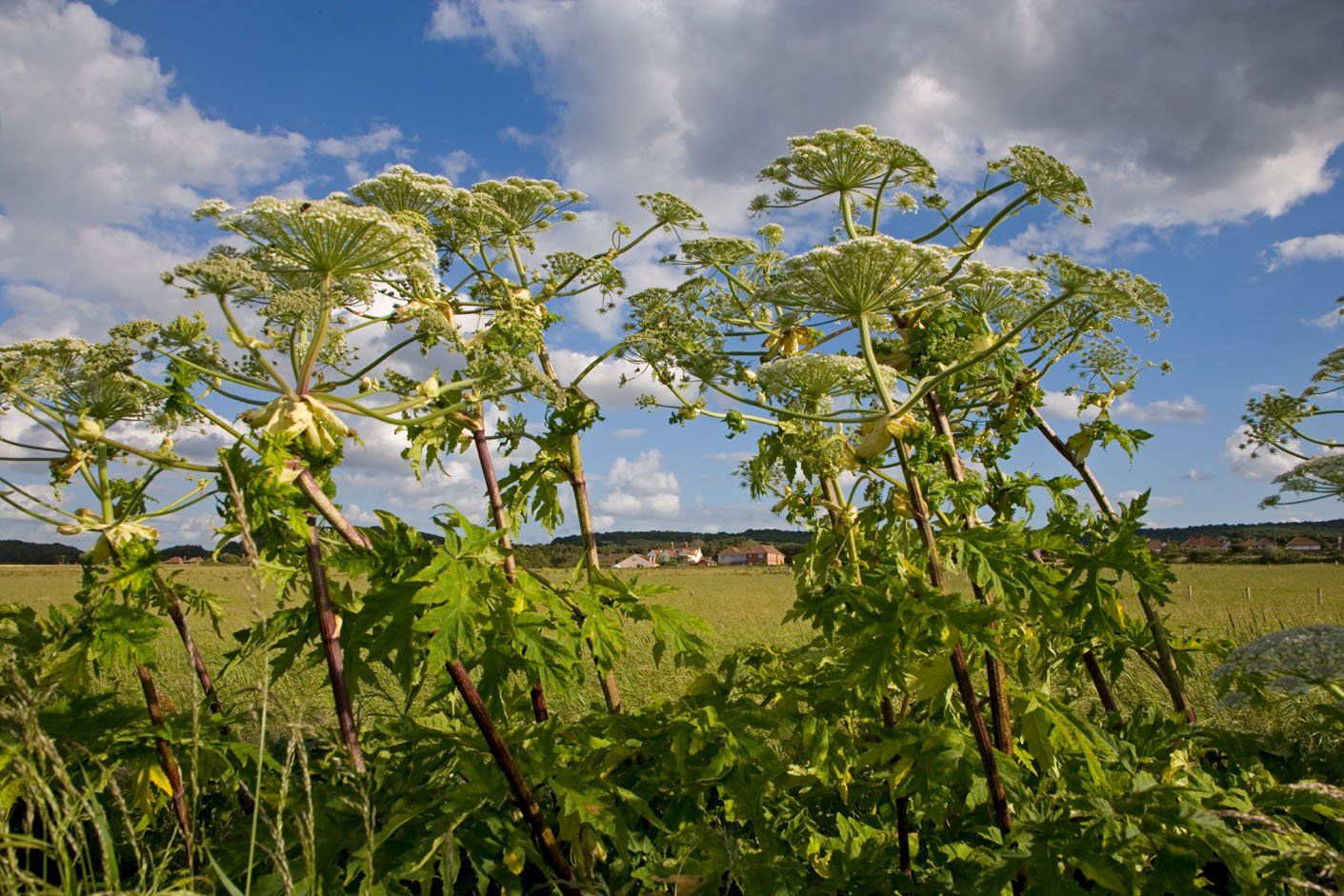Giant Hogweed | Key Questions Answered
A highly invasive and dangerous plant, Giant Hogweed can burn, scar and even cause potential blindness, such is their unique toxicity, with the growth of this particular weed ever more prevalent in our society. In this helpful guide, we provide an analysis of Giant Hogweed, answering key questions you need to know about this intrusive weed.
Giant Hogweed | What Does It Look Like?
Imagine an enormous cow parsley plant and you’re on the right track; giant hogweed can reach heights of between 1.5m and 5m, such is their vast size, with a spread anywhere between 1-2m wide. Beautiful, but toxic, giant hogweed is recognised by the large clusters of white flowers blossoming at the top of the plant in an umbrella pattern, typically featuring green stems with purple blotches and white hairs.
Giant Hogweed | Where Does It Come From?
Not native to the UK, giant hogweed originated from the Caucus Mountains, between the Black and Caspian seas, and across Central Asia, but was first introduced to the British Isles as an ornamental in the 19th century. Quickly spreading and naturalising in the wild, it has subsequently become an invasive species across the UK, found alongside colonising river banks where its seeds are transported by water.
Giant Hogweed | What Happens If I’m Exposed To it?
Giant hogweed can be highly dangerous if you are exposed to it, causing burns and blisters on the skin. Containing furocoumarin, which makes skin extremely sensitive to sunlight, causes a form of plant dermatitis known as Phytophotodermititis, the sap and sun exposure can cause severe blisters. Blistering can continue over months and years in a repeated issue known as phytotoxicity.
If you are exposed to giant hogweed sap on your skin, you must make it a priority to wash the areas immediately and as thoroughly as possible. You should also seek medical advice at your earliest convenience and avoid exposure to direct sunlight in the coming days. If you find yourself particularly inflicted, soak a compress in an aluminium acetate mixture, available at most pharmacies, to provide further relief for the irritation of your skin.
Should the giant hogweed sap make contact with your eyes, rinse them immediately, put on sunglasses and seek medical attention; giant hogweed can cause blindness in severe cases.
Want to remove your giant hogweed? Treating giant hogweed is easy with a suitable herbicide treatment plan. At
Gaia Environmental Ltd we would continue to visit at scheduled times during the spring and treat any new seedlings, which can continue to emerge for up to ten years.
Contact us for more information today.
We will get back to you as soon as possible.
Please try again later.
